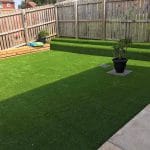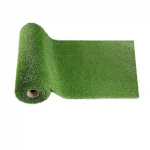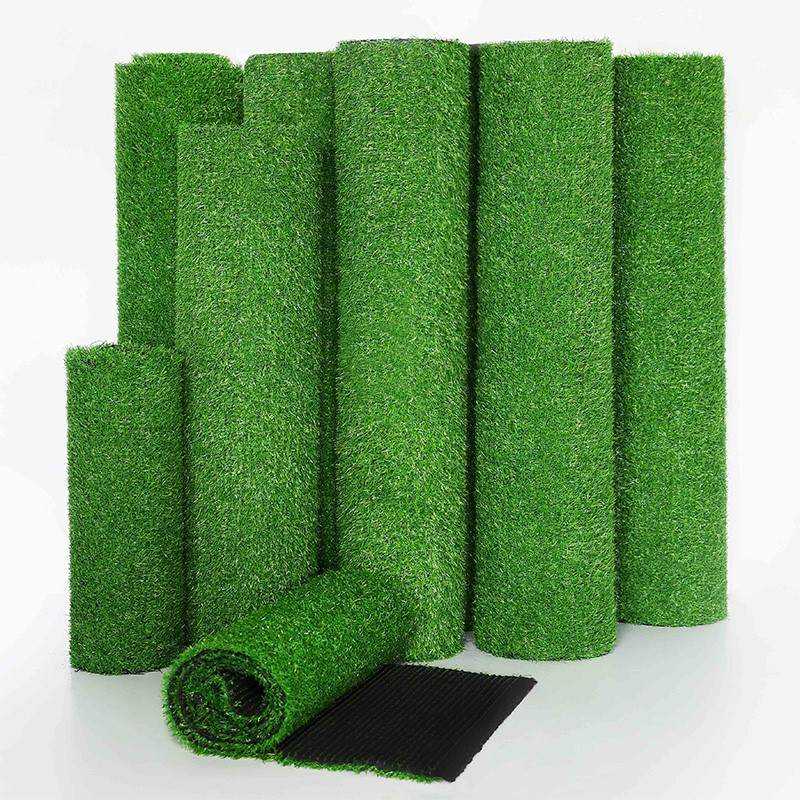
As the demand for low-maintenance and durable playing surfaces continues to grow, more and more football teams and organizations are turning to artificial turf. However, not all artificial turf systems are created equal, and selecting the right one is crucial for ensuring player safety, optimal performance, and long-lasting durability. In this article, we’ll explore the factors to consider when choosing the best artificial turf for football fields.
Fiber Type and Construction The type of fibers used in artificial turf can significantly impact its performance and longevity. The most common options include:
- Polyethylene (PE) fibers: Known for their durability and resistance to wear and tear, PE fibers are a popular choice for high-traffic areas.
- Nylon fibers: Offering superior resilience and shock absorption, nylon fibers provide a softer and more natural feel underfoot.
- Hybrid fibers: Combining the strengths of different fiber types, hybrid systems aim to strike a balance between durability and cushioning.
In addition to the fiber type, the construction method (tufted or woven) and pile height can also influence the turf’s performance characteristics.
Infill Material Infill materials are used to support the turf fibers and provide the desired playing characteristics. Common infill options include:
- Crumb rubber: Made from recycled tires, crumb rubber infill offers excellent shock absorption and a consistent playing surface.
- Sand and/or rubber mixtures: Combining sand with rubber can provide a firmer and more stable surface, suitable for high-impact sports like football.
- Alternative infills: Newer infill materials like cork, coconut fibers, or thermoplastic elastomers are becoming increasingly popular for their eco-friendly and performance-enhancing properties.
Shock Absorption and Player Safety Player safety should be a top priority when selecting artificial turf for football fields. The turf system’s shock absorption capabilities, measured by metrics like the Head Injury Criterion (HIC) and Gmax, are crucial in reducing the risk of concussions and other impact-related injuries.
Drainage and Permeability Proper drainage is essential for preventing water accumulation and ensuring a consistent playing surface. Look for artificial turf systems with effective drainage systems and high permeability rates to handle heavy rainfall or irrigation.
Maintenance and Longevity Artificial turf requires regular maintenance to maintain its performance and appearance. Consider the manufacturer’s recommended maintenance procedures, as well as the turf’s expected lifespan, when evaluating different options. High-quality turf systems can last up to 10-15 years with proper care.
Certification and Testing Reputable artificial turf manufacturers will have their products tested and certified by independent organizations like FIFA, World Rugby, or the International Association of Athletics Federations (IAAF). These certifications ensure that the turf meets stringent performance and safety standards.
When it comes to choosing the best artificial turf for football fields, there is no one-size-fits-all solution. Each facility’s specific needs, budget, and environmental conditions should be carefully considered. By weighing factors like fiber type, infill material, shock absorption, drainage, and maintenance requirements, football organizations can select a turf system that provides a safe, high-performance playing surface for years to come.









